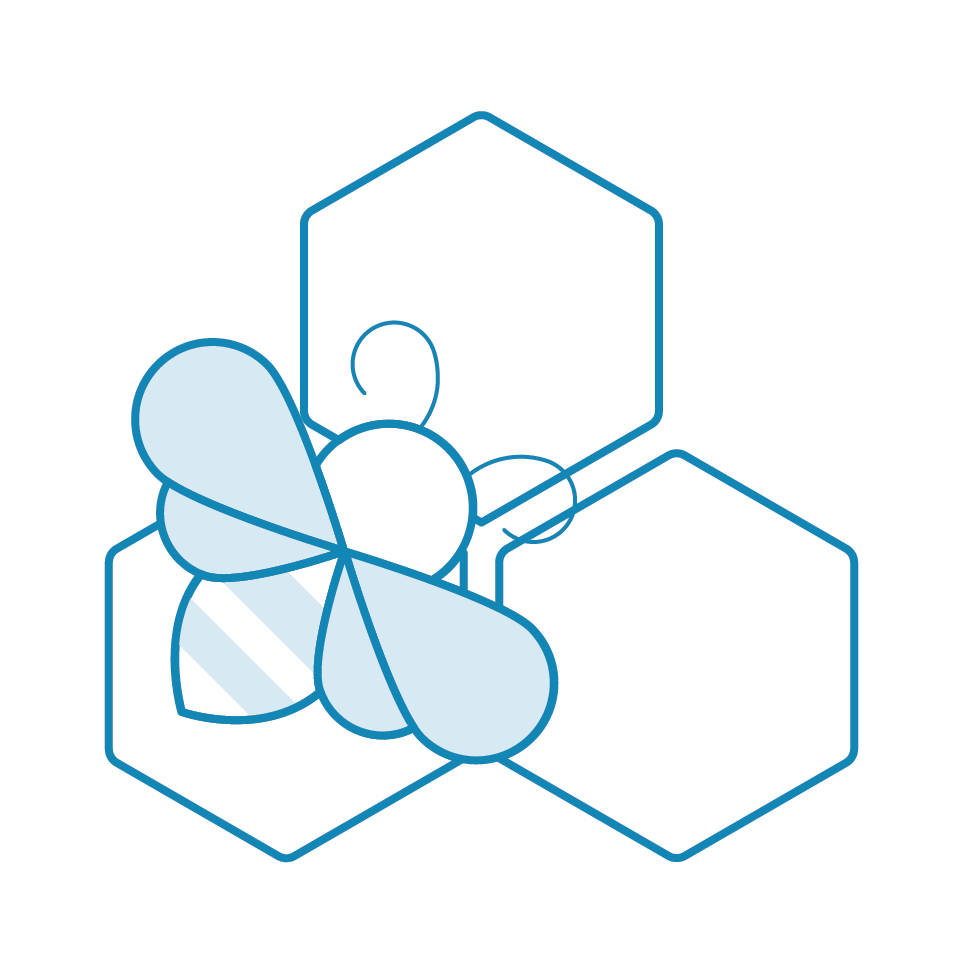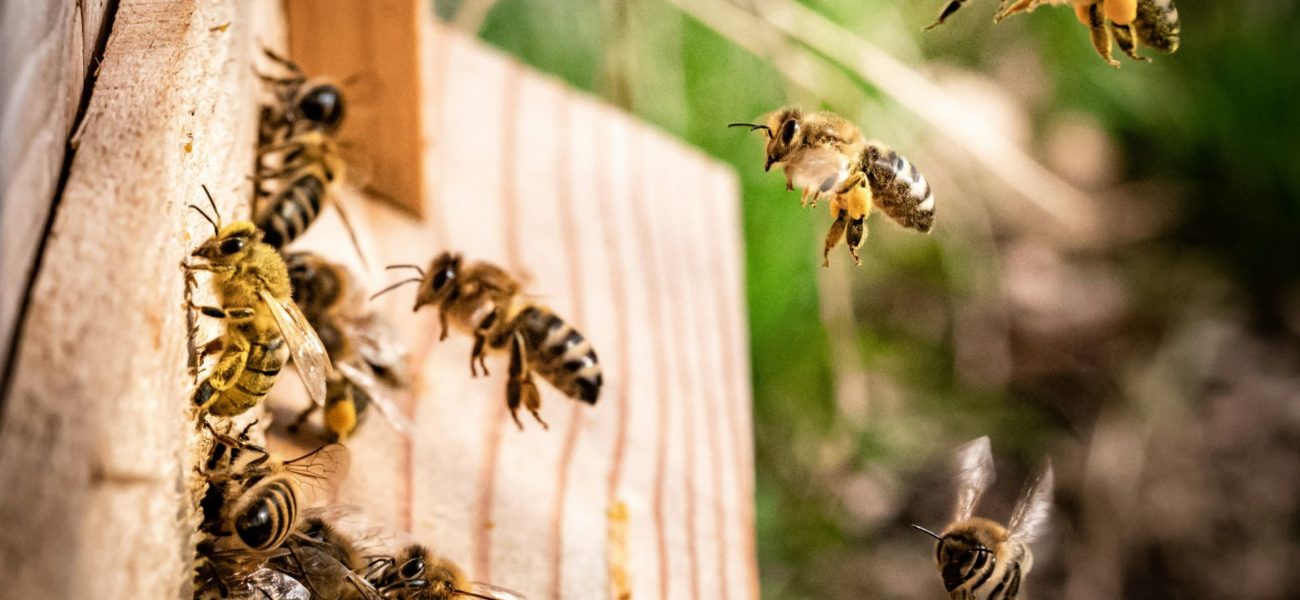How temperature variations indicate problems for bees
Brood nest temperatures for bees should be, at the lowest, 32℃. At best, the brood nest will be around 35℃. Variations in temperature that seem small to us, even as little as 0.5℃, can ultimately result in unhealthy worker bees in the next generation.
Naturally, this is a large problem for any beekeeper. However, unstable temperatures can indicate more problems than an upcoming generation of sickly bees.
The main problems a temperature variation indicate include:
Using the Neo Sensor for Beehives
The Neo sensor is a temperature and humidity monitor that takes readings as frequently as every few seconds- and can upload environmental conditions in real time. Many beekeepers find that a sickly hive may need complete decimation. However, there are also many cases in which you can detect hive health problems, and save your bees instead.
The Neo sensor is small, and unobtrusive to the hive- it won’t bother your bees or interrupt their daily activities. However, it will allow you to correct potential problems. You can set custom alerts so you know the very instant your hive is experiencing unstable temperatures, and therefore an issue with its overall health. We recommend setting the Neo to a 0.5℃ , or less, variation between optimal high and low temperatures so you know the moment your hive needs help.
When you get the alert, it may be an indication of sick bees, or it may alert you to requeen your hive as soon as possible. Should the temperature lower and indicate swarming, you can also prepare for bees trying to leave their space, and create a more suitable environment for them.
When temperatures again begin to stabilize, you can get some peace of mind knowing that your queen is healthy and laying, your hive is happy, and the upcoming generation of workers are thriving as they should be.
For more information about bee keeping, please visit Worker Bees – An Overview – AGrowTronics – IIoT For Growing

